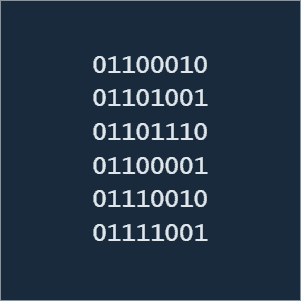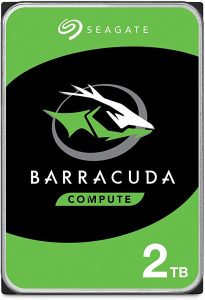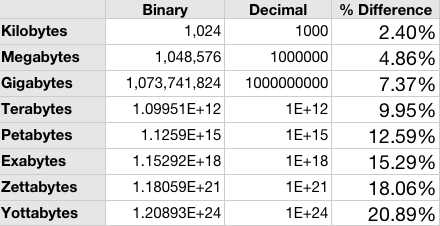Is My Hard Drive 2TB or 1.81TB?
Our data recovery engineers are often asked ‘where is my missing hard drive space?’ or ‘what happened to my lost disk space?’. This is a simple question, with a somewhat complicated answer.
Let’s say you go to your local Micro Center and buy a Seagate BarraCuda 2 terabyte hard drive, or you go online to buy the same drive.
After you unbox your new hard drive you plug the USB connection to your desktop or laptop. You go to disk manager, and see the drive shows up as 1.81TB, or maybe 1,863 GB.
Where is My Missing Hard Drive Space?
The answer is that kilobytes are counted one way by a computer, and another way by people. A Windows operating system relies on binary and counts in base 2, and the marketing conventions are based on familiar base-10 numbers.
The box says that there are 2 TB (2,000 GB) because there are in fact 2,000,000,000,000 bytes. But an operating system lives in base 2 and defines 1,073,741,824 bytes to be 1 GB or 1,099,511,627,776 to be 1 TB. So if you divide 2,000,0000,000,000 by 1,073,741,824, you get about 1,863 GB. If you divide 2,000,000,000,000 by 1,099,511,627,776 you get 1.81 TB. This is why Windows shows the drive’s capacity to be.
What is a Byte?
Here’s how it works: Hard drives store data with microscopic patches of metal that are either magnetized or not. One patch is a bit, and together eight of them make a byte.
So, one byte is simply eight tiny switches — eight 1s or 0s — resulting in 256 different combinations that can be assigned a value. In ASCII code, for example, the byte “01100101” is the letter “e.” The number “1” in the text we read is “00110001” in binary code.
As you can see, bytes are based in binary – the switches are either on or off, electricity is there or not, the pull of a magnetic field exists or it doesn’t. Ones and zeroes.
Counting in Base 2
Operating systems, such as Windows, live in binary. Numbers expand by the power of 2. Under this system, a kilobyte is defined as 2 to the 10th power (2^10) of bytes, or 1,024 bytes.
To complicate matters further, the Mac operating system displays storage mediums by their ‘marketing’ capacity. If you plug the same 2 terabyte hard drive into a Windows computer and a Mac you will see two different numbers.

The convention for the retail market, on the other hand, is to look at how many bytes there are, divide by a thousand – and bam – there’s the number of kilobytes. The advantage is that people are used to base 10 numbers, and this maintains the traditional definition of kilo. As in, kilo equals one thousand or 10^3.
In the familiar base 10 system, 1 gigabyte = 1,000 megabytes = 1,000,000 kilobytes = 1,000,000,000 bytes. Giga is billion; mega is million; kilo is thousand.
In the binary counting system, though, 1 gigabyte = 2^10 megabytes = 2^20 kilobytes = 2^30 bytes = 1,073,741,824 bytes.
The difference between these counting systems explains why an operating system reports the capacity differently from how we’d count bytes in a base 10 system (or on the Mac operating system).
So when you get a new drive and the capacity displayed seems to be less than promised, don’t worry. You’re still technically getting all the bytes you paid for. It’s just counted differently by your computer.
Relevant, over-used joke: There are 10 types of people in this world. Those who know binary, those who don’t, and those who weren’t expecting this joke to be in base 3.


